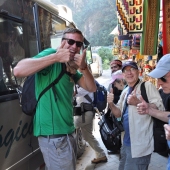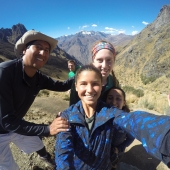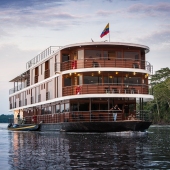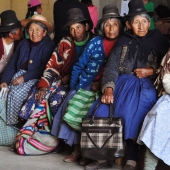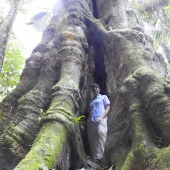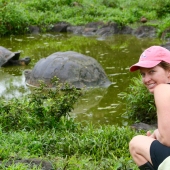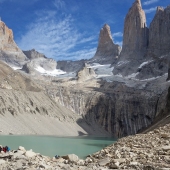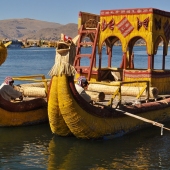
Travel to Machu Picchu for Age 50+
As a 65 year old tour operator who has visited Machu Picchu more times than I can count, I feel uniqely qualified to advise people age 50 and older about how to set up their trips to Peru. I've had the privilege of staying in a few of the high-end luxury properties when traveling to Machu Picchu by train, as well as the gratification of experiencing the most down-to-earth remote jungle lodges and camps when trekking on foot. Being a lifelong resident of western culture, I understand where people are coming from and make no judgements about how they want to travel. After all it's your trip and my sole duty is to provide intel to help you decide how you want to roll on your vacation.
Whether you want to pamper yourself in luxury or suffer all the way, I can help you. I've traveled to Machu Picchu by train, on foot by the Inca Trail, and through the backdoor jungle route. Each approach has advantages that appeal to different people for different reasons.
Here's what you need to know about traveling to Machu Picchu by train:
- The main train station is located in the village of Ollantaytambo which is about 2 hours by car from Cusco. The "Cusco" train station is actually located in the village of Poroy about 40 minutes outside the city and is open May through December.
- The Hiram Bingham luxury train operates 1x per day each way beginning and ending in Poroy. There is one morning departure to Machu Picchu. And one evening departure at 6pm returning to Poroy. If you book this train from January 2 through April 30, Perurail operates bi-modal service in a tourist bus about 1.5 hours to a small station in the Sacred Valley.
- There is no public transport in the Sacred Valley. Passengers are expected to arrange their own transportation to and from Poroy or Ollantaytambo unless you book bi-modal service in Cusco.
- Perurail Buses used for bi-modal service pickup passengers in Cusco city center and will sometimes drop you off at your hotel on return.
- A lot of people think that there is a difference between Vistadome and Expedition train service. The biggest difference is how the snack is served, and Vistadome offers "fashion shows" with products for sale to passengers. Otherwise, all trains have panoramic windows and full size seats.
- Trains do not accommodate large suitcases. Passengers are expected to bring small bags or backpacks that fit between seats or in open stowaway areas in the back of the carriage. I choose my train based on my itinerary schedule.
- All hotels store excess luggage whether you're hiking or taking the train. You will check out of your room and your luggage will be stored in a secure room unless you're doing a 1 day trip to Machu Picchu.
- Travel time between Cusco and Machu Picchu is a minimum of 5 hours each way and usually involves a very early start.
What you need to know about traveling to Machu Picchu on foot:
- the Inca Trail hike is one way only beginning near Ollantaytambo if you're hiking the 4 or 5 day trek..
- The 1-day Inca Trail hike begins with a ride on specific trains that will stop at KM 104. Tour operators who buy your permits and train tickets will take care of the arrangmenets with the train.
- Once you get on the hike there is no pickup or turning back for any reason. Guides and porters will handle emergencies using resources available on the trail.
- If anyone has doubts about their ability to complete the hike, feel free to contact me in VA. I've hiked both the 4 day, 5 day and 1 day Inca Trails.
- There is no official age limit for any of the hikes but you may find that some tour operators who organize people into groups may have age limits. This is why it's good to book a private hike with your own group of friends. who will be tolerant of each other's hiking pace.


